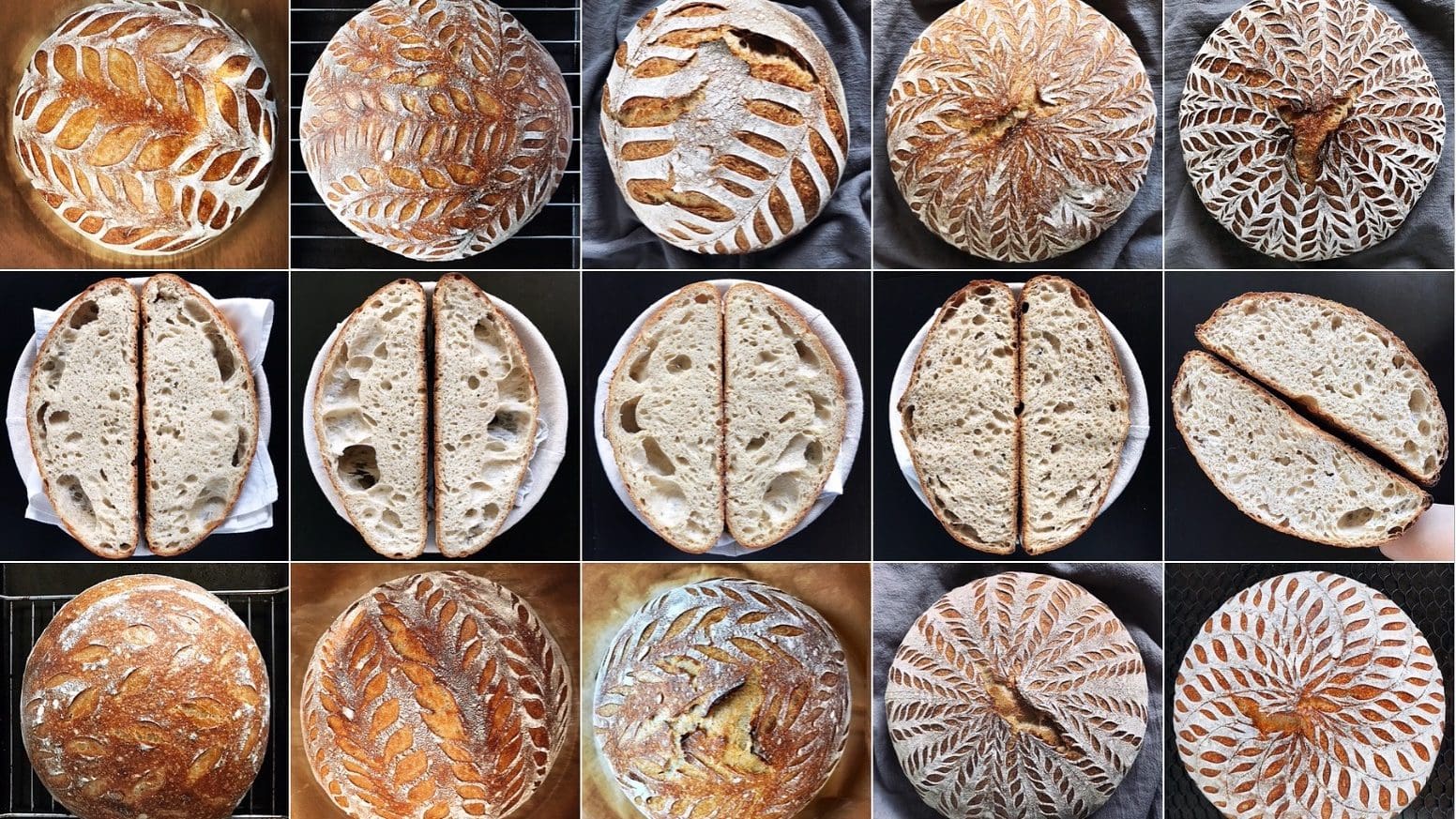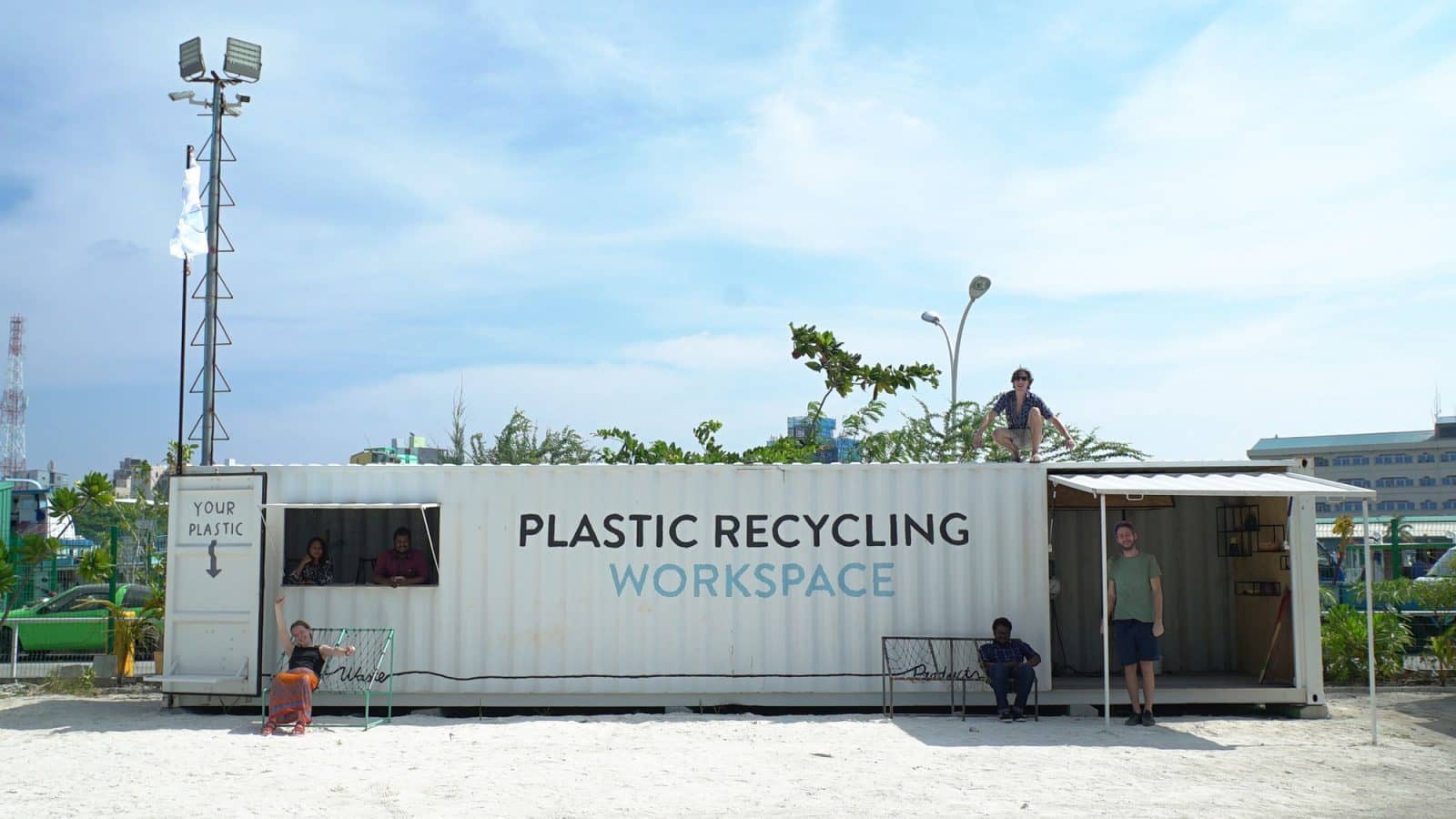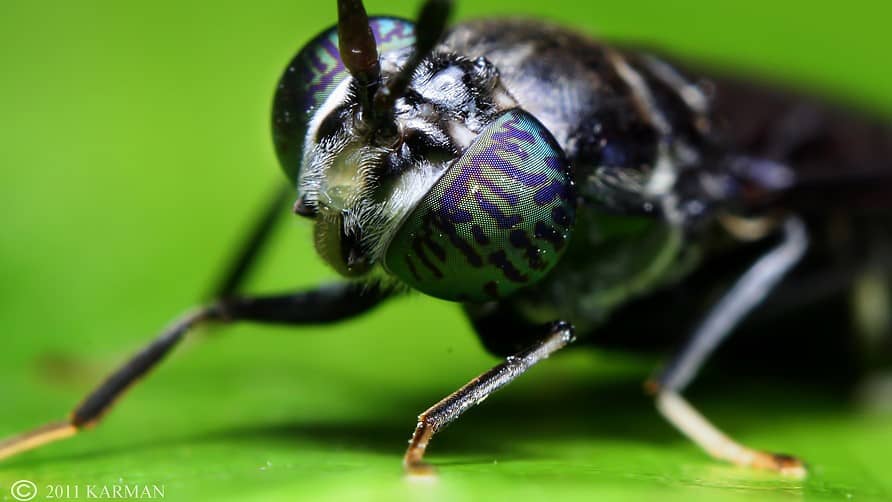This article was originally published March 5, 2019.
Imagine all of the lost recipes out there. Soups, stews, roasted wonders, and desserts that will never be quite right now that the person who made that recipe a family signature is no longer around. But don’t fret, if you’ve ever reveled in the smell of baking bread, you’ll love that there is at least one taste we can pass down, and have passed down for more than 5000 years: Sourdough.
Sourdough’s unique flavor originates from the distinctive team of living microbes who call the bread starter home! Their variety is entirely special to the place the starter was created—right down to the country, town, kitchen, and baker. And it’s this uniqueness that results in loaves of this same type of bread, baked in different parts of the world, having differences in their flavors and characteristics!
And what makes sourdough even cooler is that the unique microbe concoctions that make each loaf so distinct can be passed down through generations!
Sourdough has been a fascinating piece of culinary delight for thousands of years, so let’s take a look at what makes it so intriguing, what that could mean for preserving our connections to those who came before us, and how it can be making us healthier. (A bread? Making us healthier? Yeah, stick around.)

The Mother Dough
No one can make your grandmother’s soup the way she did. Forget about trying—there was just something special about the way she did it; something that left when she did. But her bread? That amazing loaf of sourdough that accompanied the soup? Well, we can get really close! This is a bread that can connect generations as its starter travels from hand to hand.
But what’s a starter?
Good question, I didn’t really know either. What I’ve found is that it’s essentially just mixing flour and water together, setting it outside for a while, and seeing what you can collect. (You can see a great explainer of the process from YouTuber Brian Lagerstrom, here.)
The goal is to accumulate naturally occurring strains of wild yeast and a beneficial bacteria called Lactobacillus. Both are floating around in the air around us, and when we give them a home in the flour and water mixture, they form a mutual relationship and grow into the “mother dough”. (Lactobacillus, in particular, gives off a quite sour taste when fermented. That’s why it’s also used in sour beers!)
This starter can now be reused, over and over again, and has been traditionally passed down to family members so they can feed their own families!
All that’s needed to keep it going is continued “feeding”—where every once in a while more warm water and flour are added to the starter for the yeast to consume and stay active. We came across a wonderful article in the New York Times by Sam Sifton that really gets to the heart of this equation, with its title: Sourdough Starter: America’s Rising Pet.
Here’s a brilliantly put notion about this topic” 1
“A sourdough starter comes into your life the way a turtle might: as a pet you maybe didn’t know you wanted until someone hands it to you or you find yourself holding the terrarium after an impulse purchase you couldn’t explain if you tried. You get it or you make it or you buy it, and now you have a sourdough starter. It needs to be fed. It asks to be used.
“There are holes in our lives. They are filled for us by circumstance, or we fill them ourselves.”

To make it an even wackier substance, the strains of yeast collected in your area are probably very different than those in other places in the world.
It’s kind of like wine, cheese, beer, or maple syrup: where they were created matters. The grapes from one hilltop are going to taste different than another, the minerals in the sap of a maple tree will be different from those growing 50 miles away, and the microbes that inhabit our cheese and beer…
The beauty of this is that even if you move across the globe, as long as you have your starter, you’ll always be connected to that place in your life from where the microorganisms were originally collected. And so could your children, and their children, and then their children, and so on. How wonderful is that?
One great example of this is the 160-year-old yeast behind San Francisco’s famous bread.
The story goes back to the California Gold Rush, where this nutritious bread was used for survival. In a great article for Gizmodo, Andrew Tarantola tells us all about why the bread made in San Francisco just tastes so good. Here’s a quick excerpt: 2
“Boudin’s sourdough bread’s unique tangy taste and chewy center has been a hit with San Francisco residents since the bakery first opened in 1849. A big part of brand’s success has been due to its unyielding consistency—a feat only accomplished because the company is still using the same yeast culture that Isidore Boudin collected 160 years ago.”
160 years! That’s some seriously old yeast. Imagine if they lost it? They’d never be able to get those iconic flavors back.
And that’s why we need a library.
Sourdough starters are sort of like little snapshots of the world. Who was the person that created this mother dough? Where did they live? When did they live? What microbes were floating through the air that day? How did these microbes affect the flavors in the bread? What were the conditions of that area so that they were there?
The connections to our past that these starters provide go further than just familial. And if kept correctly, they can give us all an interesting, deep look into our world!
Over 105 starters from around the world have been collected and put into a library in Belgium to preserve the biodiversity in our food and planet! With this library, bakers from around the world are able to keep their unique cultures of flavor safe from disappearing from the Earth. By sending a bit of their mother doughs it to this library, they’re ensuring that this bit of biodiversity and history will be cared for.
Atlas Obscura visited this unique place and chatted with Karl De Smedt, the curator of this living, bubbling collection known as The Puratos World Heritage Sourdough Library about why the world really needs such an accumulation of sourdough starters.
If you’d like to see more great content and travel the world with Atlas Obscura, head over to their website and YouTube channel! You can also stay up to date with their content by following them over on Facebook, Instagram, and Twitter.
A database like this gives us all a deeper look into how the world is connected.
The Quest for Sourdough has created a database where bakers all over the world can “register” their sourdough starters. With this, we can better study how these wild organisms affect our food and health! As of now, they’ve reported having isolated and recorded “more than 800 strains of wild yeast and lactic bacteria” from what they have already collected”. 4
That’s quite a diverse range of organisms! And that’s crucial for our health. (You can register your own starter here!)
A wonderful article about the World Heritage Sourdough Library from Anne Ewbank also accompanied this video from Atlas Obscura. Here’s a little bit of it explaining what researchers are finding from this collection of starters! 5
“By sequencing the microbiological makeup of starters, the library is already finding patterns linking the world’s sourdoughs. Two starters, one from Switzerland and one from Mexico, share a wild yeast, Torulaspora delbrueckii, present in none of the others. It’s a puzzling phenomenon that De Smedt thinks may be linked to their high-altitude origins. In another instance, two starters contained the same combination of lactobacilli, and the only connection was that they were both created by women.”
Read the rest of this great article here. And make sure you check out all that the World Heritage Sourdough Library is up to (and peruse their awesome virtual library) over on their website!
Preserving the biodiversity for our future
“The action of making bread is a kind of restoration of certain kinds of biodiversity into our food, onto our bodies and throughout our houses in a way that connects all of these processes. When we make sourdough starters, our bodies and homes flavor our daily bread. And in making sourdough starters, the flour, starter, and bread enrich our bodies and homes.”
— Rob Dunn 6
This quote is pulled from a great article by Rob Dunn for TED all about the science behind what makes sourdough such a unique bread. In it, he discusses the fascinating discoveries his lab has made through various experiments in studying the diversity in the microbes in sourdough starters. (They even found out that bakers have a unique surprise microbe colonizing their hands!) And then introduces us to why this biodiversity in our bread is so important to our health.
Check out all that they’ve found, and learn even more about the brilliant science of sourdough in this article. (It really blew my mind.)
Would you like to see another unique place collecting the biodiversity of our world?
Take a look at what’s happening up in Norway with the Svalbard Global Seed Vault. This place has collected the world’s seeds to protect the amazing and ever expansive biodiversity in our food supply!
Collections like the seed vault and the sourdough library allow us to protect ourselves from future possible disasters.
Saving Our Future by Looking to the Past
When was the last time you turned to your plate and thought about where it all comes from? Food, and the seeds that make it all possible, have an untold history all their own. And this group of Native American farmers is preserving this heritage to ensure we all have food security for generations to come!
Read Article Watch Video Listen to PodcastA larger variety of species ensures that our planet won’t just fall apart! We need this variety of species to ensure that all of the intricate systems this earth has concocted are able to survive. The scariest part about this is also probably the coolest: we don’t know how important something is until it’s gone. And these two places are collecting living organisms so hopefully, we won’t have to face that.
What do you think we should we collect next?
Stay open to new possibilities!
- Sam
“No problem can be solved from the same level of consciousness that created it.” —Albert Einstein

Don’t miss out on a single article!
Enjoy unlimited access to over 500 articles & podcast that give you a positive perspective on the state of the world and show you practical ways you can help.
Notes:
- Sifton, Sam. “Sourdough Starter, America’s Rising Pet.” The New York Times, The New York Times, 22 Mar. 2016, www.nytimes.com/2016/03/23/dining/sourdough-starter-bread-baking.html. Accessed 4 Mar. 2019. ↩
- Tarantola, Andrew. “San Francisco’s Iconic Sourdough Is Made from 160-Year-Old Yeast.” Gizmodo, Gizmodo.com, 14 Mar. 2014, gizmodo.com/san-franciscos-iconic-sourdough-is-made-from-160-year-1542168651. Accessed 28 Feb. 2019. ↩
- “Meet the Man Behind the World’s Only Sourdough Library.” YouTube, Atlas Obscura, 2 Oct. 2018, www.youtube.com/watch?v=HX0sWkye4yo. Accessed 28 Feb. 2019. ↩
- “The Puratos World Heritage Sourdough Library.” Quest for Sourdough, www.questforsourdough.com/puratos-world-heritage-sourdough-library. Accessed 28 Feb. 2019. ↩
- Ewbank, A. (2021, November 11). Inside the world’s only Sourdough Library. Atlas Obscura. Retrieved February 24, 2023, from https://www.atlasobscura.com/articles/sourdough-library ↩
- Dunn, R. (2018, December 19). Inside the fascinating (and delicious!) science of sourdough bread. ideas.ted.com. Retrieved February 24, 2023, from https://ideas.ted.com/inside-the-fascinating-and-delicious-science-of-sourdough-bread/ ↩








